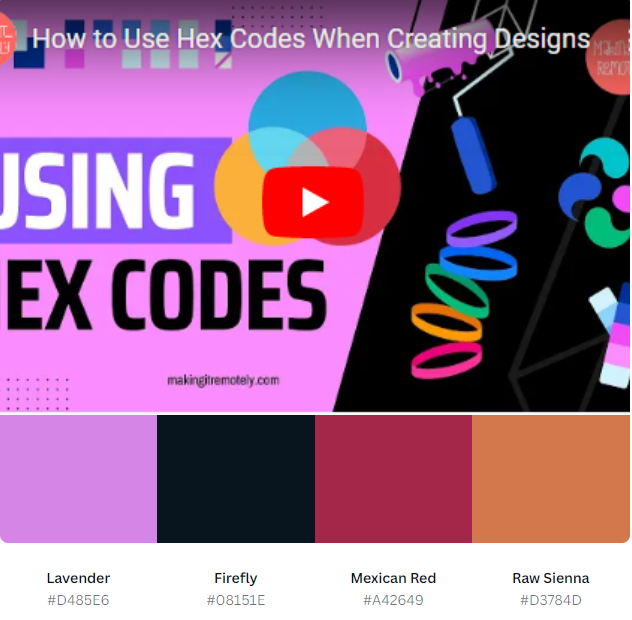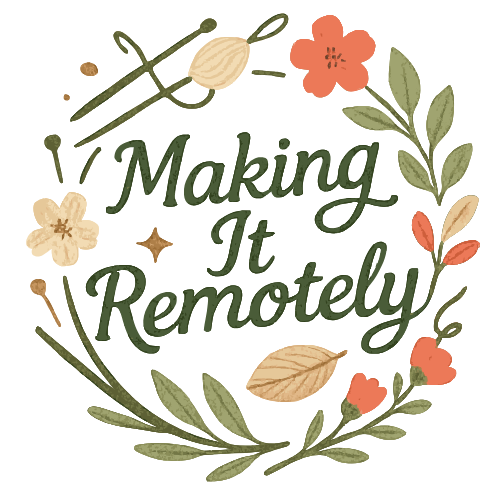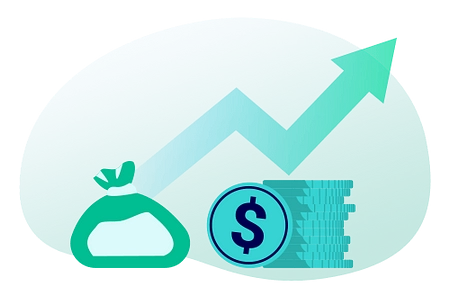This article will answer the question what are hex codes and why should you care about them? And why would you want to use them when creating designs for the web?

First, never underestimate the role of color in buying decisions. And that includes your ideal customers. Color plays a huge role in influencing customer's buying decisions.
Colors help in sending the right tone, mood and message and most importantly in creating a brand's recall value. Hex codes can play an important role in creating the overall emotional signals potential customers receive when they visit your website, receive your marketing materials and see your content on social media.
Hex codes are the hexadecimal format for identifying colors and other symbols and characters on the web. The term "hexa" means six and there are six characters used to represent every color in the rainbow and beyond.
Hexadecimal numbers are made up of four sets of two digits each. These codes are a numerical representation of how much red, green and blue are in a color.
Each hex code refers to a very specific color, which allows for designers and developers to be on the same page about what exact light blue (or any other color) they are referring to.
Disclaimer: This page may contain affiliate links. If you use these links, I will receive a small commission. However using these links will have no affect on you or your purchase in any way.
How Hex Codes Are Used in Marketing and Advertising
Big brands also use hex codes to ensure that the designs created for their company match exacting standards. That's why you see brands that use the same colors consistently throughout their marketing.
For example, Coca Cola red (a specific 6 digit hex color code) is the exact shade of red that the company uses in HTML design for the Web, #F40009. Home Depot Orange is the brand color the home improvement giant uses for their designs, #F96302.
Enter these codes (or any code) into Canva's color wheel to see them. The color wheel will also show you complementary, monochomatic, analagous colors and more.
You are assured that when you see those brands, their colors will be consistent. And if you receive an item where the color is "off", it's going to alert you that you might not have something that really came from the company.
Cyber Month Sale on Managed Hosting or eCommerce Hosting Plans
This is a great time to start a self hosted blog or eCommerce store! WP Engine is moving full speed ahead with their Cyber Month Sale, offering 4 months FREE on shared plans or 20% off 1st month with code, cyberweekend22. This offer is valid through November 30, 2022. Restrictions apply, this offer is only valid for new customers on shared managed WordPress Hosting or eCommerce hosting plans.
You'll know that it's probably not the "real thing", no pun intended. Here is an article on the psychology of color in marketing that describes different colors and their effect on potential customers when you use them. It helps to understand how they help (or hurt) when customers experience your brand.
You can also learn the meaning of various colors using Canva's color meanings and symbolism tool.
Follow Our YouTube Channel
Subscribe to be notified when we post new videos designed to help you grow your creative business.
This is a system used in HTML, CSS and SVG. Hex codes are similar to regular ASCII characters except that they use hexadecimal numbers instead of decimal numbers.
Hex colors are based on the RGB color model that has been in use since the early days of photography.
The theory behind the model is that you can create virtually any color the eye can see by assigning different combinations of red, green, and blue color values. The RGB color model is used by televisions, digital cameras, and video projectors in addition to practically every computer and phone screen in existence.
On the web and most digital applications, a 0 to 255 color value scale is used. You (or a programmer) tells the screen how much red, blue, and green to show. That combination creates the color that a viewer sees.
You have a lot of freedom to pick the color you want. The total possible number of combinations is 16,777,216 which is more than the human eye can actually distinguish.
The Limitations of Hex Codes
With 16,777,216 potential colors, hex color codes allow you plenty of options for contrasting colors. But because every pixel must display a unique color, hex colors don’t allow you to blend between shades of different colors very well.
When web designers try to create gradients using hex colors, the results aren’t always as expected. Because the shades don’t blend, the display ends up being distinct bands of color (color banding).
Color banding is more likely to happen on older devices that aren’t able to show millions of colors. In modern CSS, you can program gradients to eliminate the color banding issue.
On modern screens, color banding is most common in photos of natural gradients like skies and rainbows, where the millions of colors visible to the naked eye get compressed to save file space.
Watch the Video to See Hex Codes in Action
Watch the video below to see how you can use them when creating your own design elements for the web. This video shows you how to use the color tools on Canva's website.
Hex Codes for Designers and Marketers
If you’re designing or in charge of designing a graphic image to be placed on an existing site, or have other elements you want to match, you need to know which hex colors you’re working with.
You may have one color selected and you're not sure which colors would look best with that color.
This is where a good color picker or the Canva color palette generator is invaluable, especially when creating eye-catching marketing materials.
With the Canva color palette generator, you can upload any image and see which hex colors are represented. You'll see a demonstration of how it works in the video above.
Another good resource is the ColorPick Eyedropper, a Google Chrome web browser extension that lets you see the hex color for any element of a web page.
If you find yourself admiring a color on a certain site, use the Eyedropper tool to see what it is.
If you’re the one picking the imagery and other elements for the site, you’ll want an easy way to identify assets that match your existing hex color palette.
If you're using Adobe Creative Cloud (Photoshop, Illustrator, Express, and more) the Adobe color site also has a wide range of color tools that you can choose from to learn more about colors that compliment existing element or sites you're working on.
Did You Know?
Hex codes are used to display special characters such as accents, emojis, and other symbols.
There are six letters or numbers included in each code and they usually begin with the # sign.
The first two digits indicate the amount of red, the second two provide the amount of green and the last two digits indicate the amount of blue in the color.

For example the first color on the image above is hex code #D485E6, also knowns as Lavender. The hex code (listed below the color name) numerically means that D4 represents the amount of red, 85 represents the amount of green and E6 represents the amount of blue in the color.
This code string sends the exact color to the applications commonly used on the web. Hexadecimal color values are supported in all browsers and they make it easy for designers to use the right color combinations in their creations.
Other Reasons Hex Codes Are Used
There are two other reasons why hex codes are needed. First, some browsers do not support Unicode (the standard character set used on the internet).
Second, some websites use non-standard fonts that cannot be displayed properly without using hex codes.
So now that you know more about hex codes, go forth and use them to create designs and images that are coordinated and branded with your unique colors.
Create Conversion Focused Sales Pages
Sales pages are the heart of your online business. Learn to write sales pages that boost conversions and sales


